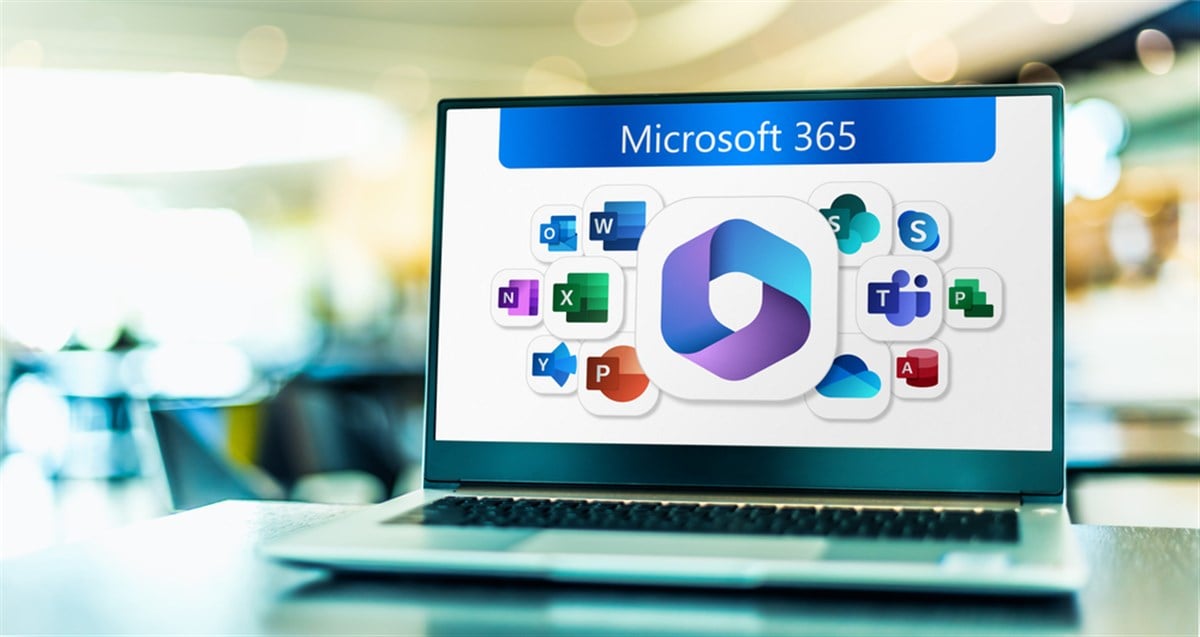Microsoft's AI Revolution: Will Copilot Drive Billions in New Revenue?

What if your office assistant could be an AI that boosts your productivity effortlessly? Well, Microsoft is making that a reality with its latest launch of Microsoft 365 Premium, which introduces the AI-powered assistant, Copilot, into the hands of individual users for just $19.99 a month.
This new offering isn't just a minor upgrade; it's a significant leap in Microsoft's ongoing strategy to dominate the AI landscape, a crucial part of their near $4 trillion market capitalization. While it may seem like a simple software enhancement, bundling Copilot with Microsoft’s productivity suite—covering everything from Word to Outlook—could transform user experiences and revenue streams alike.
With Copilot integrated into Microsoft 365, the company is not just updating its software; it’s monetizing artificial intelligence for the everyday user. This move follows a historical pattern for Microsoft, which successfully transitioned to a subscription model in the 2010s, turning one-time software purchases into recurring annual revenue, and positioning itself as a leader in the burgeoning software-as-a-service (SaaS) space.
The outlook is promising. Microsoft has proven its prowess in building cloud infrastructure that supports generative AI, thanks to its partnership with OpenAI, which has created an environment ripe for Copilot’s growth. As users integrate AI into their daily workflows, the chances of them continuing this subscription model increase significantly, solidifying Microsoft's high-margin revenue.
However, Microsoft isn’t sailing into calm waters. Other tech giants like Google and Apple are hot on its heels, embedding AI into their platforms. Yet, Microsoft’s vast user base, built on its Office 365 and Teams applications, gives it a competitive edge in distribution and pricing. The AI learning curve, where each user interaction refines Copilot’s capabilities, creates a self-reinforcing cycle of improvement and retention.
Analysts are buzzing about the potential here. Estimates suggest Microsoft’s AI-related products could rake in over $10 billion annually by 2026. While that’s just a fraction of the company’s projected revenues, it’s a significant start at a time when many enterprises are still scrambling to harness AI effectively.
Yet, challenges loom. Tightening enterprise IT budgets and regulatory scrutiny over AI data usage could pose hurdles. Microsoft needs to demonstrate that Copilot doesn’t just look good on paper but actually drives measurable productivity improvements to justify its added costs.
Nevertheless, with Copilot embedded into the Microsoft 365 suite, and Azure still leading in AI infrastructure, Microsoft’s long-term vision is crystal clear. As it continues to navigate the complex landscape of AI technology, the company is well-positioned to capitalize on both infrastructure and application sides of this massive opportunity.


























